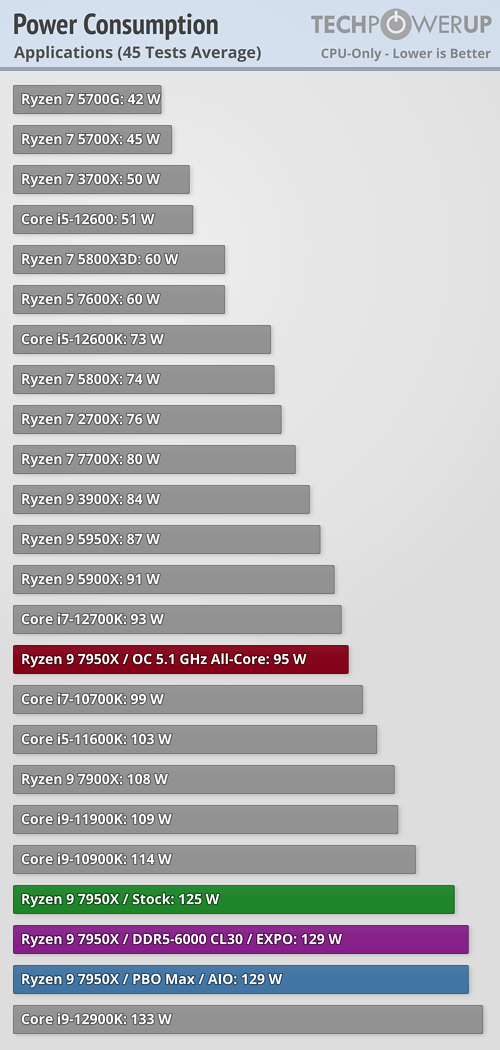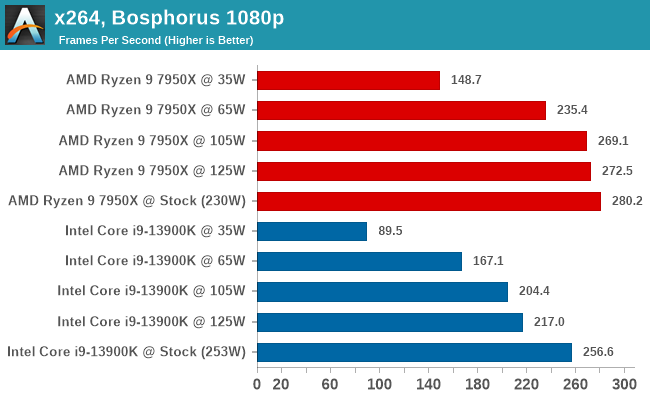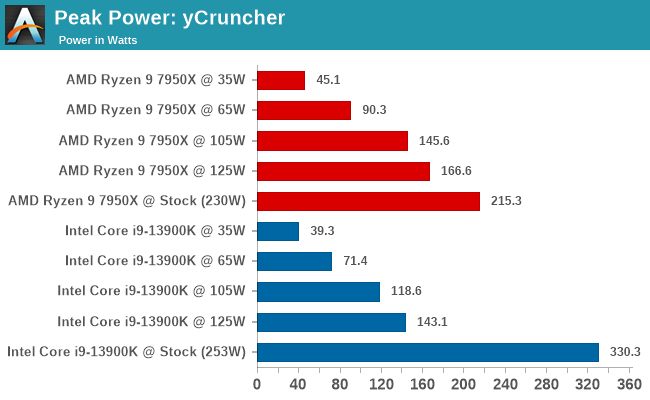Go with SFP+ used/open box/new hardware from eBay.
This is where I started, actually. I bought 2 NICs and a copper SFP+ cable to connect them. That allowed me to connect my main workstation with my fileserver @ 10 Gbps, without the additional cost of an expensive switch. It was an affordable option (I think the total cost was a bit over $200), all the way back in 2016.
Then, when I got that Netgear MS510TX switch, I could still use one of those NICs to connect to the switch's SFP+ port. For the other machine, I bought an Aquantia NIC on Amazon, which listed for around $90 but I got two on Black Friday sale for a mere $67 each. Aquantia got acquired by Marvell Technology shortly thereafter, which might be why people don't hear about them much.
Anyway, the benefit of the switch was that I could use the second Aquantia card in my other main desktop machine, to connect it via one of the switch's 5 Gbps ports.
There is nothing preventing you to use the 1st x16 lanes slot for the NIC and the 2nd for the graphics card if it makes the motherboard happier.
If you have 2 x16 slots, populating the second will usually drop them both to x8. So, that could affect your graphics performance, especially if you have a faster GPU and a PCIe 3.0 motherboard.
You do NOT need a switch if you only have one PC and a NAS or a server such as ProxMox or just a 2nd PC. Just directly connect the 2 machines with one cable and set your NICs up manually with fixed IP addresses.
As the consumer-grade NAS boxes tend to have RJ45, you need a 10GBase-T SFP+ module, but the flip side is you don't need a SFP+ copper cable.
For the switch (if necessary), search for "switch 10GbE SFP" and filter on "10 Gigabit Ethernet", from time to time you'll find models such as:
https://www.ebay.com/itm/314318172336
If your PC already has an onboard 10GbE NIC, usually an Aquantia chipset, you'll need a 10GBase-T SFP+ Transceiver RJ-45 SFP+ (e.g.
https://www.ebay.com/itm/234685127893) to connect it to an SFP+ switch. Usually $45/$50.
If you need a lot of those transceivers and don't have many machines, then something like the $300 (new) 5-port 10GBase-T switch I found on Amazon might be a better option.
For the cables, just dig into this:
https://www.ebay.com/sch/i.html?_fr...0&_odkw=10gbe+SFP+DAC+cable&_osacat=0&_sop=15. $10 to $50 depending on length (<1m to 10m). If you need very long cables, you will have to go optical with SFP+ transceivers and AOC cables. Costs more.
Note: not all the 10GbE SFP+ cables are the same, avoid the ones saying Cisco. I tried one, it did not work with my Microtik switch. Then I tried one that did not mention Cisco and it worked AOK.
Exactly. The cables have a chip in the connector and some SFP+ ports only work with some cables.
FINAL NOTE
Used 10Gbe SFP+ cards and switches are continuously appearing on eBay. They come for data centers that dropped 10GbE entirely. The hardware was designed years before the 2.5GbE and 5GbE standard were written. These cards and switches will NOT auto-negotiate for 2.5GbE and 5GbE (thus you setup a Linux router to link the two subnets).
An easier option is to get a multi-gig switch, like the ones I mentioned. There are others, besides. They often have a couple SFP+ ports, enabling you to use them as an exclusive solution, or to daisy-chain them off a SFP+ 10 Gigabit switch.
Another
thing to watch out for, with datacenter-grade SFP+ switches, is fan noise. Many multi-gig switches on the market today are aimed at the SOHO market, and won't make excessive amounts of noise. I also found a Noctua fan that was a drop-in replacement for mine.
5GbE?
Avoid the USB 5gbE adapters like the plague.
Yeah and 5 Gbps NICs seem to have largely disappeared, from what I can see. Also, ports on multi-gigabit switches tend to be either 2.5 G or 10 G capable. Any 10 G "multi-gigabit" ports will down-negotiate to 5 Gbps, but the older 10 Gbps PHYs go straight form 10 Gbps to 1 Gbps.
My guess is that the manufacturers will just loop with initial high prices for 2.5GbE, then for 5GbE and then for 10GbE. Each time presenting it as the "New New thing Best of the Best" while 10GbE has been used for 2+ decades in data centers.
I do wonder if 5 Gbps will stage a comeback, once 2.5 becomes more mainstream. The benefit 5GBase-T has over 10 is better compatibility with legacy cabling, as well as being a little cheaper and lower-power.
Anyway, as I stated above, 10GBase-T was only standardized in 2006. Before that, datacenters were using fiber and coper SFP+ cables for it. Not a big discrepancy, but a few years newer than you're saying. I'm not sure when the 10GBase-T NICs started appearing on the market, but a popular Intel chipset X550-AT2 launched in Q4 2015. It's made on 28 nm and has a
TDP of 11 W, FWIW. People may not think about power, when it comes to Ethernet, but especially with 10GBase-T, it's something to keep an eye on.
It isn't only the up-front price though, there is also the per-port power to consider. Datacenters don't care much if 10GbE-TX ports burn 5-7W each instead of 0.5-3W but a normal person may care that their 5-ports router requires active cooling while burning 40-50W vs ~10W for their passively cooled 1GbE one.
This is one reason (beyond mere cost) why multi-gigabit switches are a compelling option for consumers. With not all ports being 10 Gbps capable, you don't need as much power or cooling.









